Coupling Experimentation with Multiscale Modeling and Machine Learning to Optimize Battery Manufacturing Processes
-
Date:
July 12
-
Speaker:
Alejandro A. Franco (Université de Picardie Jules Verne, France)
-
Time:
14:00 - 14:35
-
Abstract
Prof. Dr. Alejandro A. Franco1,2,3,4*
1 Laboratoire de Réactivité et Chimie des Solides (LRCS), CNRS UMR 7314, Université de Picardie Jules Verne, Hub de l’Energie, 15 Rue Baudelocque, 80039 Amiens, France
2 Réseau sur le Stockage Electrochimique de l'Energie (RS2E), Fédération de Recherche CNRS 3459, Hub de l’Energie, 15 Rue Baudelocque, 80039 Amiens, France
3 ALISTORE-European Research Institute, Fédération de Recherche CNRS 3104, Hub de l’Energie, 15 Rue Baudelocque, 80039 Amiens, France
4 Institut Universitaire de France, 103 Boulevard Saint-Michel, 75005 Paris, France
*alejandro.franco@u-picardie.fr
In this lecture I discuss an infrastructure for accelerated optimization of the manufacturing process of Lithium Ion Batteries (LIBs) we are developing within the context of the ARTISTIC project [1]. Such infrastructure is supported on a hybrid approach encompassing experimental characterizations, a physics-based multiscale modeling workflow and machine learning models [2]. Different steps along the LIB cells manufacturing process are simulated, such as the electrode slurry, coating, drying, calendering and electrolyte infiltration. The multiscale physical modeling workflow couples experimentally-validated Coarse Grained Molecular Dynamics, Discrete Element Method and Lattice Boltzmann simulations and it allows predicting the impact of the process parameters on the final electrode mesostructure in three dimensions. The predicted electrode mesostructures are injected in a continuum performance simulator capturing the influence of the pore networks and spatial location of carbon-binder within the electrodes on the solid electrolyte interphase formation (for anodes) and the electrochemical response (of anodes vs. lithium, cathodes vs. lithium and the full cells). Machine learning models are used to accelerate the physical models’ parameterization, to mimic their working principles and to unravel manufacturing parameters interdependencies from the physical models’ predictions and experimental data, and as a guideline for reverse engineering. The predictive capabilities of this digital twin, coupling physical models with machine learning models, are illustrated with results for different electrode formulations. Finally, the free online battery manufacturing simulation services offered by the project [3] and our virtual reality technology supported on the project results [4] to optimize battery electrodes are illustrated through several examples.
[1] ERC Consolidator Project ARTISTIC, grant agreement #772873 (https://www.erc-artistic.eu/).
[2] See our publications here: https://www.erc-artistic.eu/scientific-production/publications.
[3] https://www.erc-artistic.eu/computational-portal.
[4] Franco, A.A., Chotard, J.N., Loup-Escande, E., Yin, Y., Zhao, R., Rucci, A., Ndganjong, A., Beye, B., Herbulot, S., Ciger, J. and Lelong, R. (2020). Batteries & Supercaps, 3(11) 1147.

